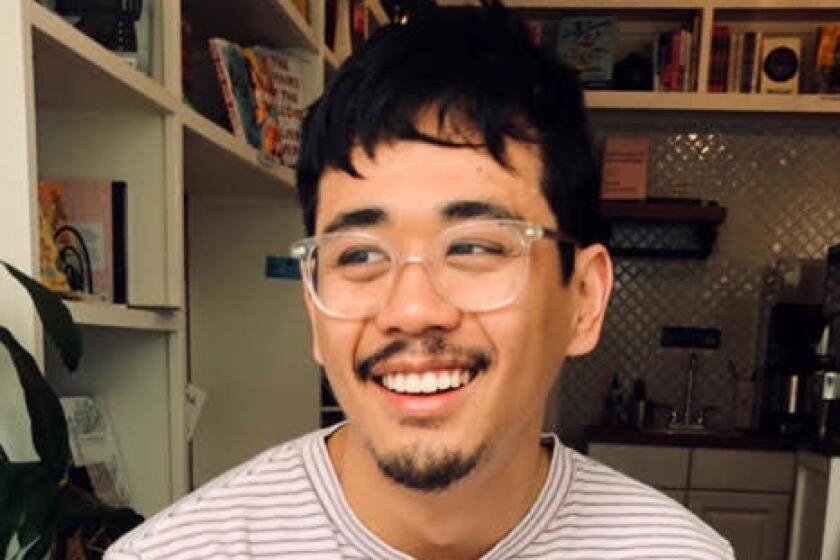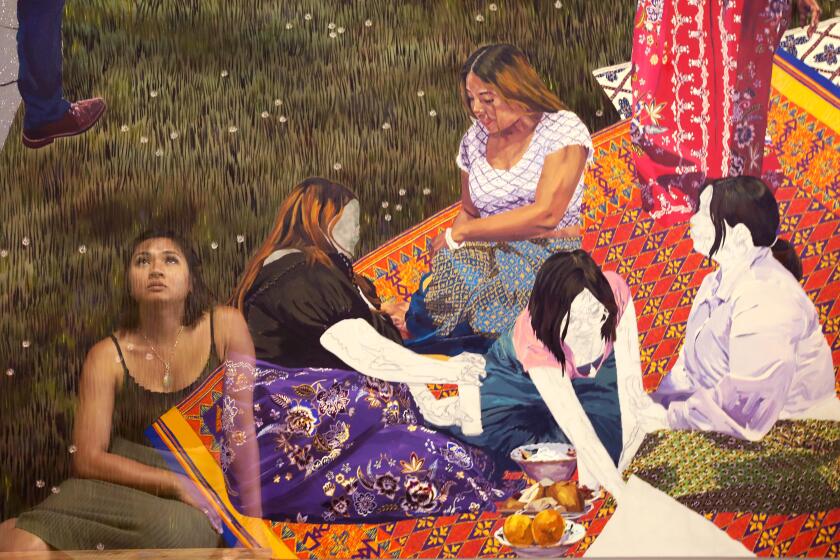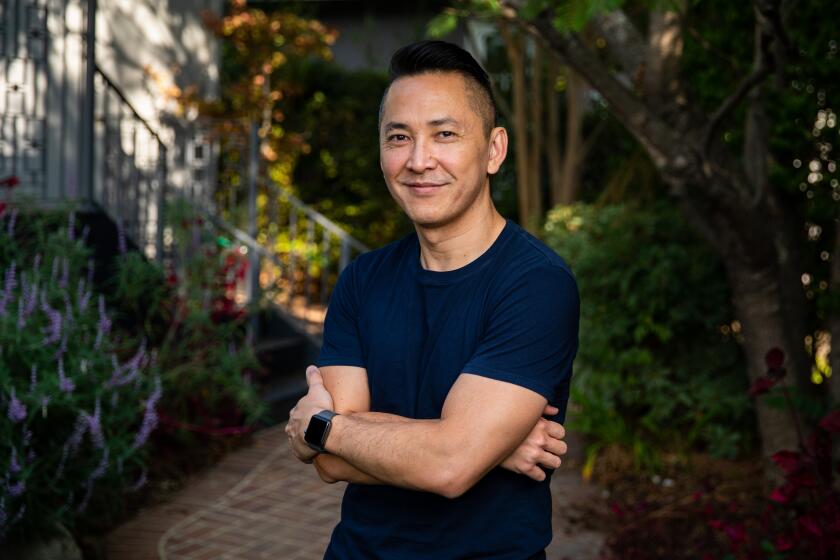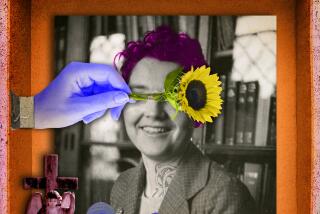Rising-star author Anthony Veasna So died at 28. Now you can read his unfinished novel

Review
Songs on Endless Repeat: Essays and Outtakes
By Anthony Veasna So
Ecco: 240 pages, $29
If you buy books linked on our site, The Times may earn a commission from Bookshop.org, whose fees support independent bookstores.
âComedy and its epistemological relation to trauma theoryâ is the proposed dissertation topic of one of the characters in Anthony Veasna Soâs new collection of essays and fiction, âSongs on Endless Repeat.â More precisely, the character â a gay Cambodian American languishing in a philosophy PhD program at Stanford â proposes writing about how both comedy and trauma ârevel in the fragmentary, broken nature of reality.â
The statement could double as an oblique description of Soâs own work. His debut collection, âAfterparties,â published after his death in 2020 from an accidental drug overdose, showcased his considerable talent for vivifying members of the Cambodian community in Stockton. Many of the characters either survived or were direct descendants of those who survived the Khmer Rouge regime, which killed anywhere from 1.5 to 3 million people.
Friends and family mourn Anthony Veasna So, whose highly anticipated debut story collection, âAfterparties,â brings refugee Stockton to life.
Survivorâs guilt is too pallid a phrase to describe what many felt in the wake of Pol Potâs senseless slaughter; the best that many of Soâs characters achieve is a âfragmentaryâ existence, living on the ledge between two worlds. Yet Soâs writing is nothing if not funny. Humor, in his work, is never far from horror â may indeed be the coinage of a horrified brain. His sentences are full of nervy energy and irreverent wit: highly medicated patients at an elder care facility produce âmutantâ excrement; a badminton coach past his prime looks like âBruce Willis in yellow-brownfaceâ; a nouveau riche characterâs designer handbags are âso giant I swore they had gained consciousness and could swallow me whole, were I to transgress their master.â
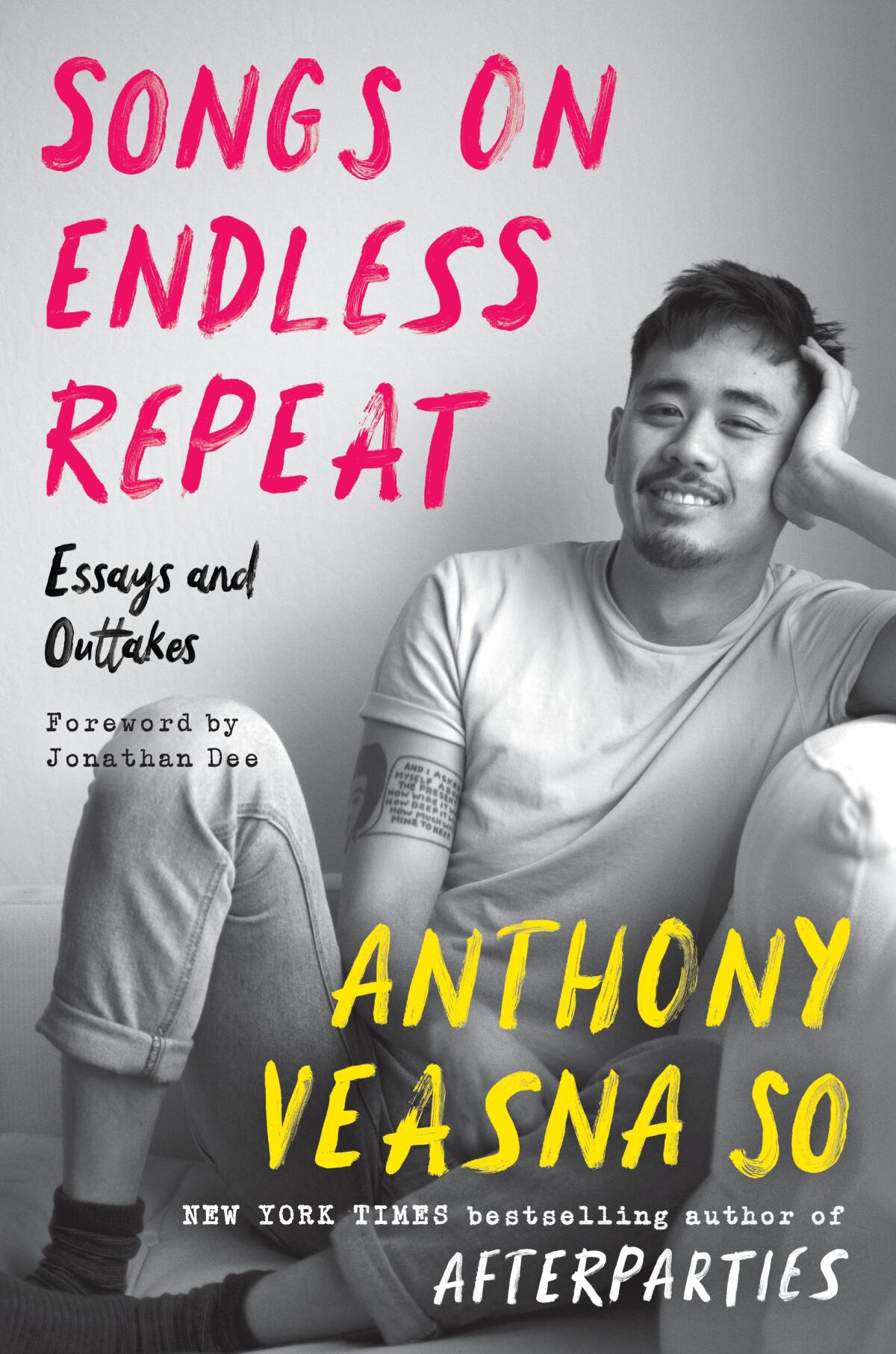
âSongs on Endless Repeat,â which collects shards of Soâs unfinished novel, âStraight Thru Cambotown,â as well as assorted essays, displays many of the same coruscating traits as âAfterpartiesâ: a pitch-perfect ear for dialogue, a knack for pungent prose and a large-hearted capacity to commune with people across what So calls the âCambo proh racial complex spectrum.â
Roughly half the book consists of chapters from the novel-in-progress. As in âAfterparties,â the death of a character serves as the pneumatic spark for familial reunification. Peou, who dies in a car accident, âconsidered her real talent to be in always knowing, to the finest degree, how much people owed her.â Her head for numbers enables her to become the âCounterâ of the âCircle of Money,â or a kind of loan officer for the tight-knit Cambodian community in Los Angeles County that residents think of simply as âCambotownâ â the area that âsat under South Los Angeles and Compton, flanked on either side by Torrance and Westminster. Peou is the âred-hot center of Cambotownâ; her sudden death causes tectonic shifts in the power structure.
The strongest story in the collection focuses on Darren and Vinny, two of Peouâs nephews. The cousins made a pact when they were younger to do âsomething legit with our lives.â When they meet up again after Peouâs death, several years have passed and their paths have diverged: Darren, a kind of surrogate for So, is a dejected graduate student at Stanford studying comedy instead of performing it; Vinny leads a flamboyant life as an underground rapper.
Long Beach-born Cambodian American painter Tidawhitney Lek has canvases on view in the Hammerâs biennial and a solo show at the Long Beach Museum of Art.
The chapter, narrated in a close third person, packs several dissertationsâ worth of material on being Cambodian into short, punchy paragraphs. A younger Darren regularly introduced himself at open-mic night thusly: âIâm off-brand Asian, you know? I have less in common with mainstream Asians, like Chinese, Japanese, the usual suspects, than, say, middle-aged Jewish people, because â and let me be real with you for a second before I start talking boners or some sâ â both older Jewish folks and young Cambos have parents who either survived or died in a genocide!â
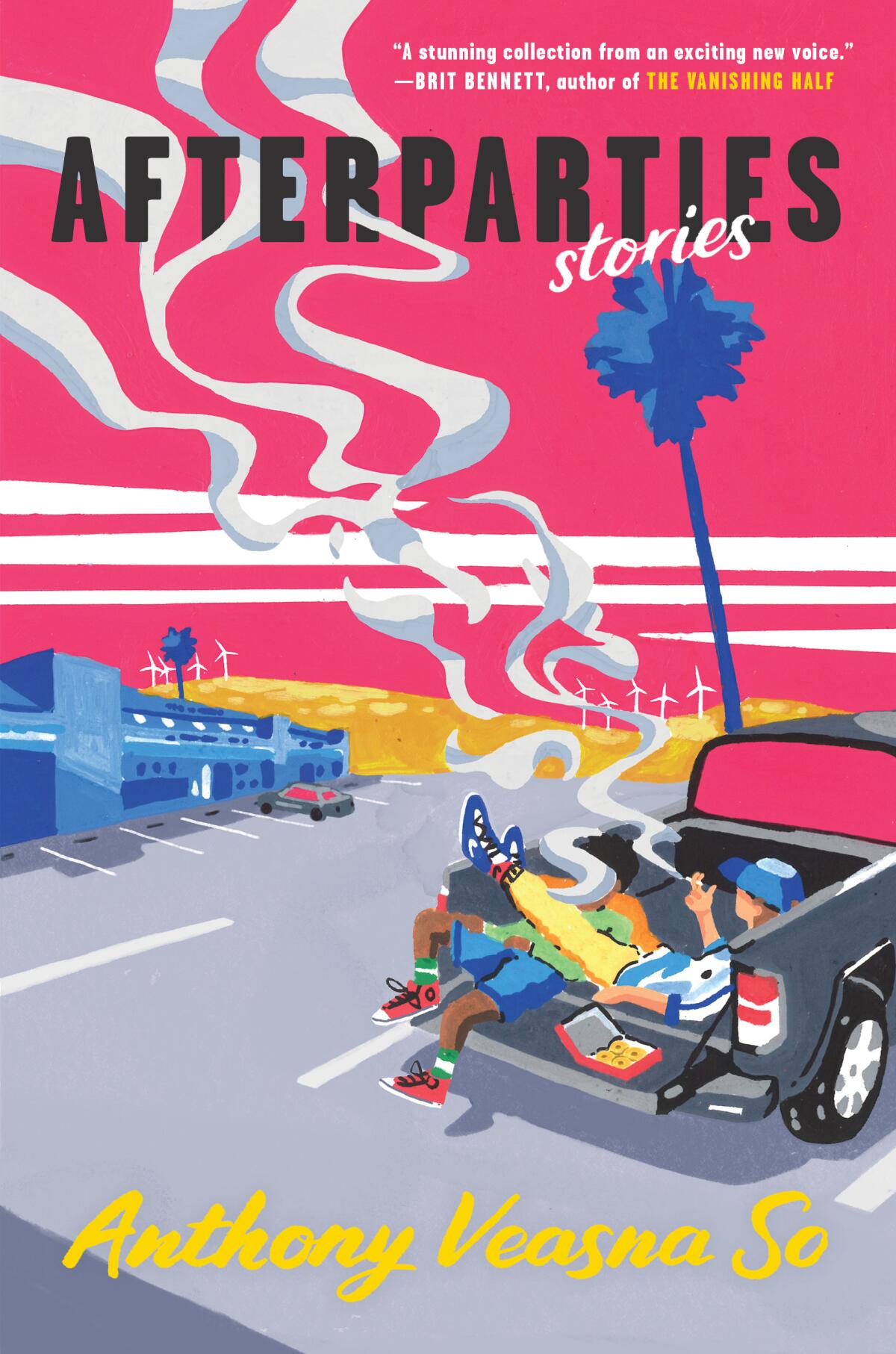
The âoff-brandâ line appears elsewhere in âSongsâ and also in âAfterparties.â Yet on almost every page, thereâs fresh writing to marvel over. In his introduction to the collection, Jonathan Dee, a novelist and one of Soâs mentors at Syracuse University, where the younger writer earned his MFA, aptly remarks that âevery sentence seems at its observational bursting point.â One characterâs eyebrows are âan attack of anglesâ; another character has a âdroopy face creased with lines like crooked canals meant to drain his large, sullen eyes of life.â
At the time of his death, So was that rarest of species: not just a novelist, but a formidable critic. Many of the essays collected in âSongsâ were previously published in outlets like n+1, the New Yorker and Ninth Letter. He captures, with effortless eloquence, the double-bind of being an Asian American. His writing on everything from âdeep reality TVâ (an oxymoron?) to book-skimming as a flaneurish âmode of aesthetic encounteringâ is laced, as always, with humor. In one representative passage, So half-seriously, half-facetiously writes that Maddox Jolie Pitt, Angelina Jolieâs adopted son, is his ârole model, because Iâm still waiting for a rich white person to adopt me.â
The sampling of his nonfiction also allows us to catch glimpses of the autobiographical well from which So drew material for his fiction. When he writes, in the story âPeou and her Kmouys,â that some Cambo families âuse a fake address so [their children] can attend the magnet K-8 school in the good district,â that detail is lifted from the milieu he describes in his essay âManchester Street.â
The Man of Two Faces returns in Viet Thanh Nguyenâs âThe Committed.â The author explains whatâs different.
Glorious as the essays are to read, those already familiar with his nonfiction may find themselves, like me, impatiently flipping ahead to the fresher quarry of Soâs novel, which is unwisely chopped up and slotted in between sections of nonfiction. The choice to alternate sections of fiction and nonfiction was made, Dee notes in his introduction, so as to stage a kind of dialogue between his two kinds of writing and to reveal the permeable boundary they share. It strikes me as an unnecessary move, just as the labeling of pieces as âfictionâ and ânonfictionâ under each chapter title seems superfluous.
What makes it unnecessary is exactly the fluidity with which the author moved between these modes, almost rendering such divisions obsolete. As he writes in âWe Are All the Same Here, Us Cambosâ: âItâs easy to think we have the same story. We do, and we donât.â
Feng is a freelance critic in Washington, D.C., whose writing has appeared in the TLS, 4Columns, and the New York Times.
More to Read
Sign up for our Book Club newsletter
Get the latest news, events and more from the Los Angeles Times Book Club, and help us get L.A. reading and talking.
You may occasionally receive promotional content from the Los Angeles Times.
